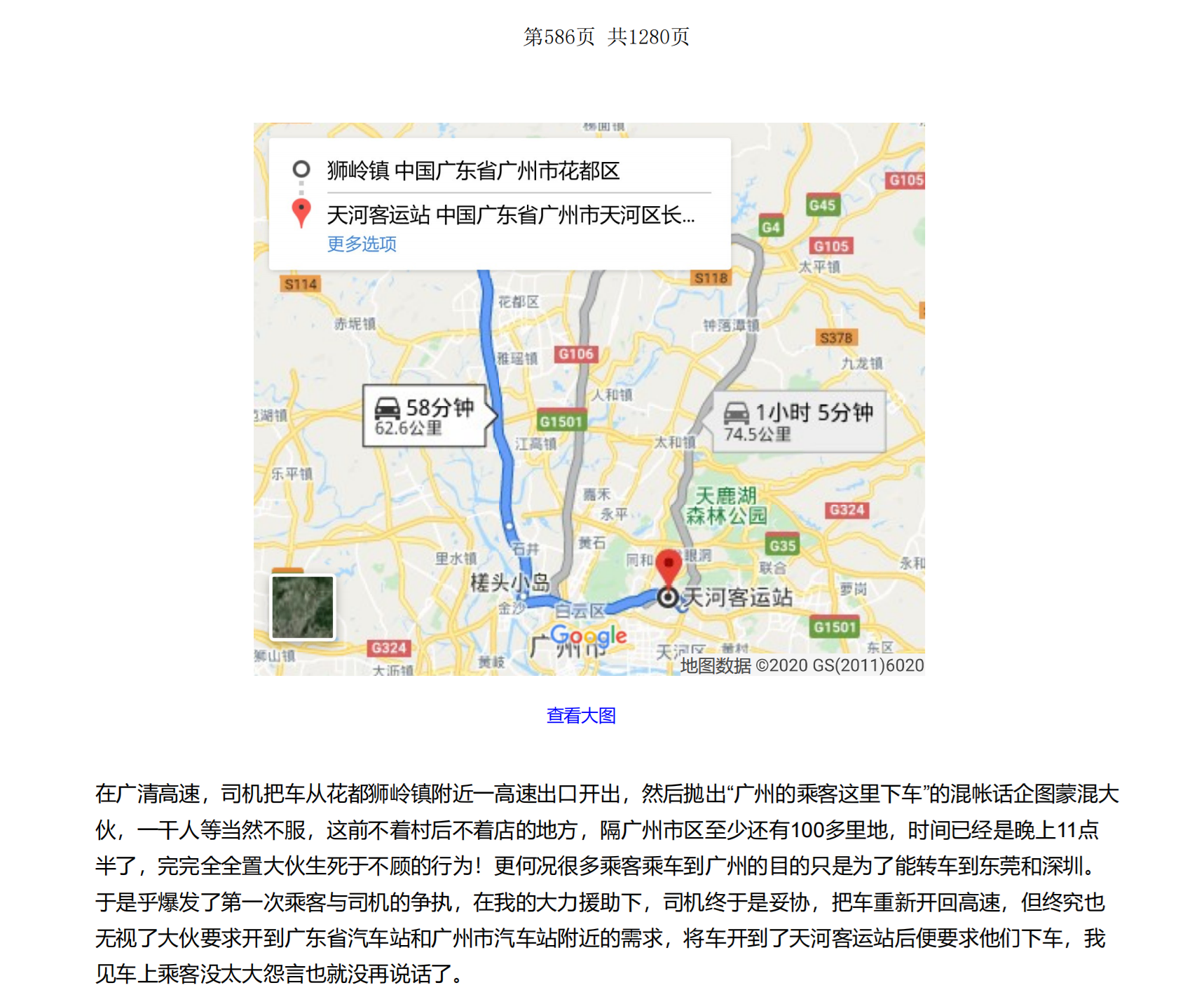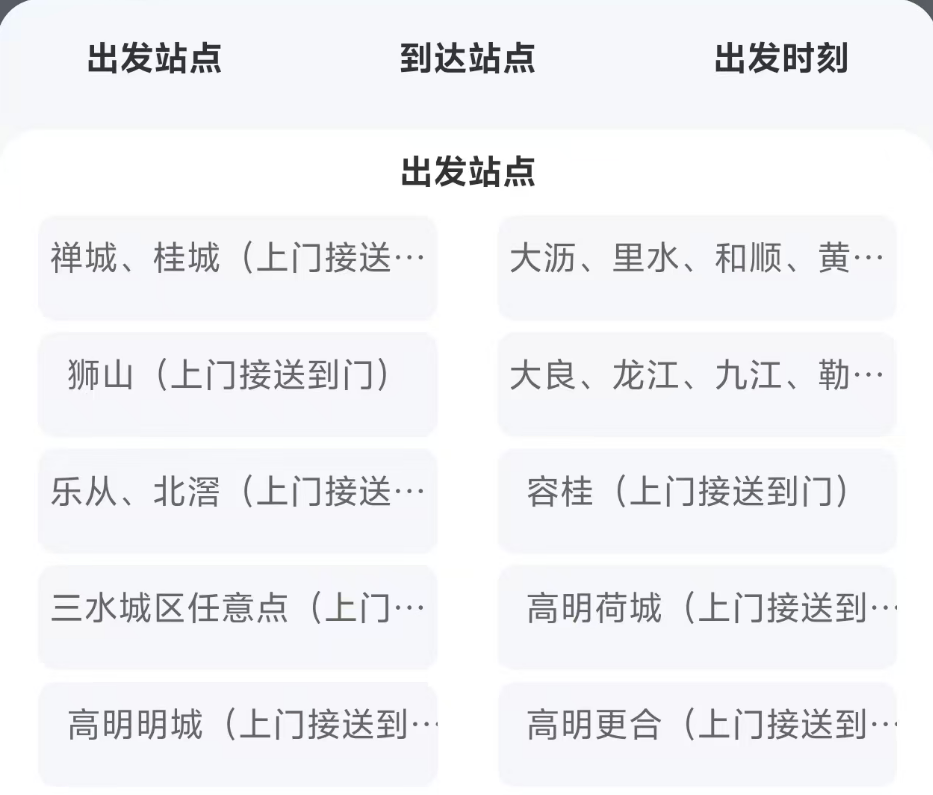Why Intercity Buses Are Making a Comeback

This National Day holiday was much like previous years. Over the past decade, Lao T has mostly driven between his “two homes” in Hunan and Guangdong during the holiday, except for a few years when he traveled elsewhere.
If there was any difference this time, it was that with more family members traveling, the five-seater car couldn’t accommodate everyone, so he had to buy train tickets for them. It was this experience of purchasing train tickets that made Lao T rediscover buses as a mode of transportation.
A Troubled Past
When it comes to buses, Lao T has had his share of woes. In high school, he had his tuition and living expenses stolen four or five times on the minibus from his village to the county town. In college, his living expenses and phone were stolen on the way from the village to the Hengyang train station. Even long-distance buses that didn’t pass through train stations weren’t safe. During the 2012 Spring Festival travel season, Lao T bought a 320-yuan ticket for a long-distance bus from Hengshan to Foshan, only to have the driver try to force passengers off the bus once it reached Huadu. Fortunately, Lao T’s BlackBerry phone at the time had Google Maps with GPS, and after arguing his case, he managed to get the driver to take the bus into downtown Guangzhou.

Looking back, Lao T feels like it was a lifetime ago, even though it’s only been 13 years since 2012. Back then, digital maps were still a novelty on most people’s phones, but today, almost everyone is accustomed to the convenience of such foundational services. It’s this very convenience that has smoothed over many of the “potholes” of the past.
A Pleasant Surprise
Since Lao T decided to buy train tickets for his family close to the National Day holiday, with only two days to spare, almost all high-speed and regular train tickets were sold out, leaving only a few standing tickets for regular trains. With no other choice, he reluctantly bought a standing ticket from Guangzhou Baiyun Station to Changsha Railway Station. After all, the journey wasn’t too long, and it was still better than cramming into an overloaded car for over ten hours in traffic.
The bigger headache was figuring out transportation to and from the train stations. Both stations were quite far from home: 60 kilometers from home to Guangzhou Baiyun Station, and 140 kilometers from Changsha Railway Station back to his hometown (normally, he would get off at Hengyang, but there were no tickets available). The usual approach was to take buses to and from the respective bus stations and then transfer to the train stations.
However, while searching on WeChat, Lao T discovered that buses no longer require trips to bus stations. Instead, passengers can board at nearby bus stops, and some services even offer door-to-door pickup, much like ride-hailing or carpooling services.

Most importantly, these buses are incredibly affordable. A quick search revealed that buses from Guangzhou to Shenzhen often cost as little as 19.9 yuan, with some even priced at 9.9 yuan.
This piqued Lao T’s curiosity, and he wanted to understand the reasons behind this trend.
The Reasons for the Change
Lao T scrolled through various WeChat mini-programs and searched online for information.
He found that the transformation of intercity buses in recent years is largely due to the strong involvement of internet platforms.
In the past, bus operations relied heavily on traditional bus stations and fixed routes, which were inefficient and costly. For instance, the bus company in Lao T’s hometown county suspended operations for a long time after years of losses, which also led to a significant reduction in popular routes to Changsha. The result was a vicious cycle of cost-cutting and inefficiency, ultimately requiring a complete overhaul. It was only after integrating all rural minibus routes that the system was revitalized.
Now, internet platforms leverage big data and algorithms to optimize routes and scheduling, enabling point-to-point and even door-to-door services. Passengers no longer need to travel long distances to bus stations and wait in line to buy tickets. Instead, they can simply select their time and location on their phones and board the bus at a nearby stop, saving both time and effort.
But why are the prices so low? Lao T believes this is partly due to “subsidy wars” among platforms competing for market share. To attract users, they often resort to burning money with subsidies, offering routes of 50–60 kilometers for as little as 19.9 yuan or even 9.9 yuan. Additionally, the electrification of buses has significantly reduced operating costs. With the widespread adoption of electric buses, fuel expenses have dropped sharply. Coupled with the sharing economy model, vehicle utilization rates are higher, and empty runs are minimized, allowing prices to be kept low.
Lao T came across an article stating that this low-price strategy for intercity buses doesn’t necessarily mean they’re unprofitable. Even carpooling services have full-time drivers, and with buses capable of carrying dozens of passengers, the cost per person is naturally very low.
When you think about it, high-speed trains are fast but can cost hundreds of yuan per ticket. Driving comes with fuel and toll expenses, and flying is even more expensive. Buses, once considered outdated, have now become the king of cost-effectiveness, thanks to technological advancements.